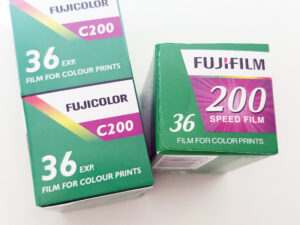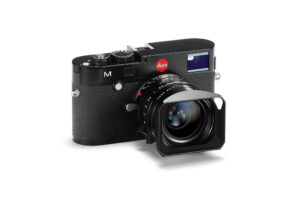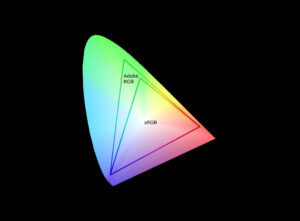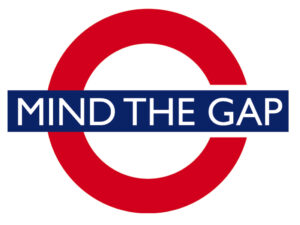Few watches have achieved the legendary status of the Rolex Daytona. Whether you’re a seasoned collector or a curious enthusiast, this article is your ultimate guide. We’ll explore the history, models, movements, variations, and collectability of the Daytona—and walk you through an unboxing of one of its latest editions: a two-tone steel and 18k yellow gold Cosmograph Daytona, brand new and purchased at retail.
The Daytona is far more than a watch. It’s a symbol of success, a mechanical marvel, and a timeless piece of horological history. Let’s begin with the story behind the legend.
The History of the Rolex Daytona
Born for the Track: 1963–1965
The Rolex Cosmograph Daytona was introduced in 1963, designed specifically for professional racing drivers. Named after Daytona Beach, Florida, which was a famous hub for motor racing, the watch combined Rolex’s famed reliability with a sporty chronograph layout and tachymeter scale to measure average speed.
The first Daytona models featured manual-wind movements, most notably the Valjoux 72, and were slow sellers at the time. Ironically, the very models collectors today pay hundreds of thousands for were once Rolex’s least popular.
The Paul Newman Effect
A major turning point came when actor and racing enthusiast Paul Newman was photographed wearing a Daytona. His personal Daytona—a Ref. 6239 with an exotic dial—became a legend in its own right. In 2017, that very watch sold for $17.8 million, making it one of the most expensive wristwatches ever sold.
Since then, the “Paul Newman” Daytona has become the Holy Grail for collectors.
The Automatic Era: Zenith & Beyond
In 1988, Rolex launched the first automatic Daytona, powered by a modified Zenith El Primero movement (Caliber 4030). This ushered in a new era of performance, and the Daytona finally found mainstream popularity.
Then in 2000, Rolex introduced its first in-house chronograph movement, the Caliber 4130, increasing accuracy, reliability, and serviceability.
Unboxing the New Rolex Daytona – Video Walkthrough
Let’s now shift to something more visual—an unboxing and first impressions review of the new Rolex Daytona in two-tone yellow gold and Oystersteel.
The Buying Experience
I purchased this Daytona directly from an Authorised Dealer (AD) after only a 3-week wait—a rarity in the Rolex world. It is possible to get any Rolex you want at retail.
The Packaging
Rolex’s presentation box has evolved since I bought my Yacht-Master II in 2022.
- A new darker green texture
- A foil-stamped logo instead of an embossed one
- A more jagged, pronounced wave pattern on the inner box
The Watch
The star of the show: a stunning 40mm Cosmograph Daytona in Oystersteel and 18k yellow gold featuring:
- A solid gold dial with dark chronograph subdials
- A polished tachymetric bezel
- Sword-style hands and a seconds hand with an arrow tip
- Screw-down pushers, unlike other chronographs like the Omega Speedmaster
I reckon this will be an exhibition only piece for me, my daily wear is my Yacht-Master.
What Makes the Rolex Daytona So Special?
1. The Movement
The Daytona is powered by the Rolex Caliber 4130, a high-performance, in-house chronograph movement known for:
- A vertical clutch for precise stopwatch engagement
- A Parachrom hairspring for greater resistance to shocks and temperature fluctuations
- 72-hour power reserve
2. Tachymeter Bezel
It features a tachymetric scale engraved on the bezel, allowing wearers to calculate average speed over a known distance. This function, along with the chronograph, makes it ideal for motorsport enthusiasts.
3. Water Resistance
The Daytona is water-resistant to 100 metres, but you should never use the chronograph underwater, especially with unscrewed pushers.
Daytona Model Variants Over the Years
Manual Wind Era (1963–1988)
- Ref. 6239 – First Daytona, steel bezel, Valjoux 72
- Ref. 6241 – Acrylic bezel, “Paul Newman” dial introduced
- Ref. 6263/6265 – Screw-down pushers, black bezel
Zenith Era (1988–2000)
- Ref. 16520 (steel) / 16523 (two-tone) / 16528 (gold) – Introduced the El Primero movement
- First use of sapphire crystal
In-House Era (2000–Present)
- Ref. 116520 / 116523 / 116528 – Caliber 4130 movement
- Ref. 116500LN – Cerachrom ceramic bezel introduced in 2016
Current Line (as of 2023/2024)
- Ref. 126500LN – Upgraded movement, slightly refined case/lugs
- Ref. 126503 – Two-tone variant (like the one in Adam’s video)
- Platinum Daytona (Ref. 126506) – With ice blue dial and chestnut brown bezel
How to Authenticate a Rolex Daytona
In the video you’ll see the major innovation: Rolex’s NFC-enabled warranty card. This digital chip lets you scan and verify your watch with Rolex’s official database, offering added protection against counterfeits.
Always check for:
- Matching serial numbers
- Laser-etched crown in the crystal
- Proper movement sweep (no ticking)
- Full documentation and warranty card
Final Thoughts – Why the Daytona Still Rules the Track
From racetracks to boardrooms, the Rolex Daytona remains the undisputed king of chronographs. Its design, performance, and heritage are unmatched. Whether you’re planning to buy your first Daytona or adding to a seasoned collection, this watch is the ultimate flex in both style and engineering.
And if you’re wondering if it’s still possible to get a new Rolex Daytona at retail—the answer is yes, I did it in 3 weeks. Watch, learn, and maybe get lucky on your next visit to an AD.










































































